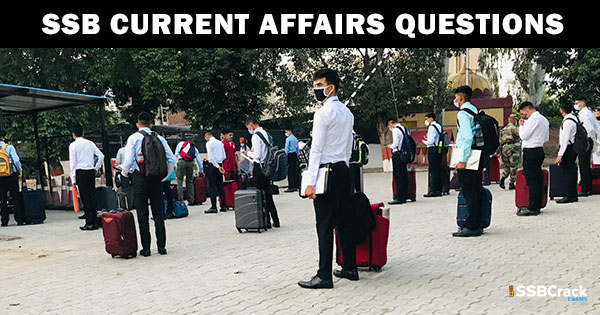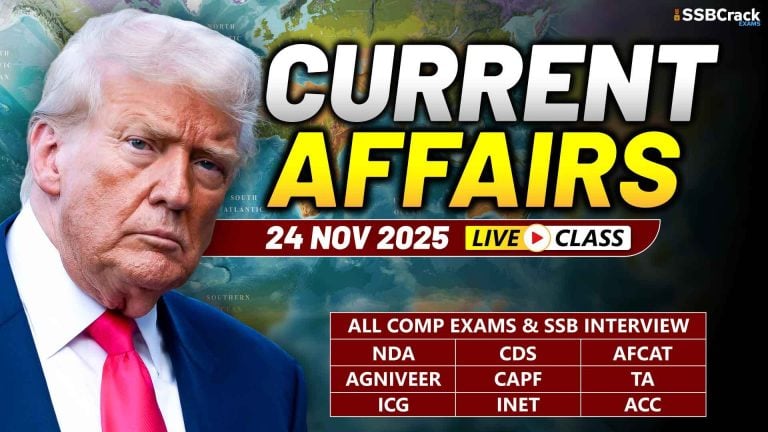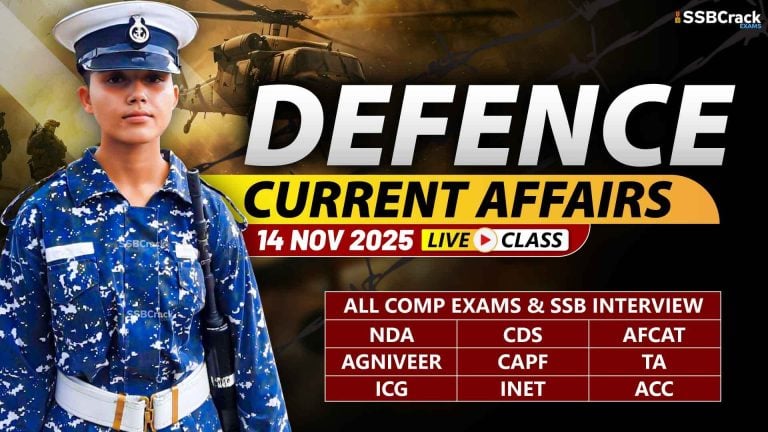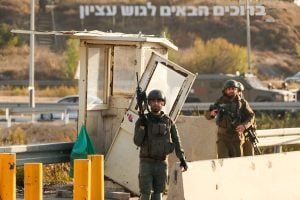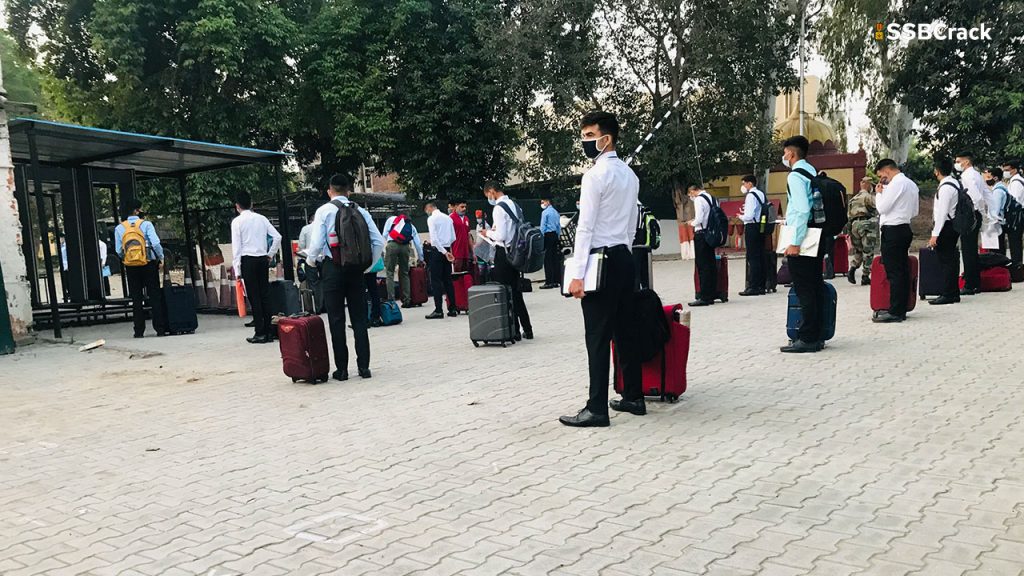
So, friends hope you all are doing well and would be persistent in achieving your goals to serve the defence forces. In the two previous parts of the article, we gave you information regarding 60, current affairs topic, which you should cover keeping in mind, the things going around you.
Read Here: 100 Latest Current Affairs Topics For SSB Interview – Part-1
Read Here: 100 Latest Current Affairs Topics For SSB Interview – Part-2
Here, comes the final part of the article with 40 more current affairs topic and their brief idea, Do cover them seriously and revise and re-revise, and share with your friends so that they can also be benefitted from this.
61 . India at UNSC: India won its eighth UNSC term last June when it secured 184 of the 192 votes cast, signalling a broad acceptance of India’s global role. The news is important from an Indian perspective.
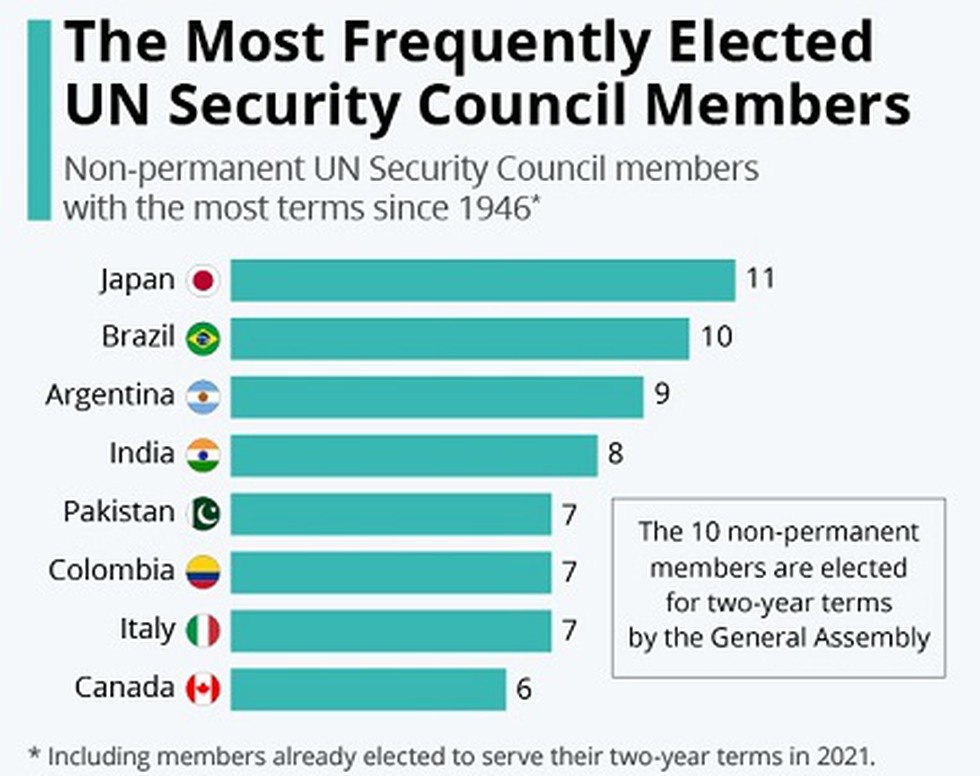
62. India as an observer in IOC: India has been accepted as an observer of the Indian Ocean Commission (IOC). India’s joining of the IOC as an observer has strategic importance as the Commission is an important regional institution in the Western/African Indian Ocean.

63. India and Oman MOU on defence and maritime cooperations: Indian and Oman renewed the Memoranda of Understanding (MoUs) on military cooperation as well as on maritime security.

64. Crime and criminal tracking network and systems: Crime and Criminal Tracking Network & Systems (CCTNS) is a planning scheme conceived in the light of the experience of a non-plan scheme namely – Common Integrated Police Application (CIPA). CCTNS is a Mission Mode Project under the National e-Governance Plan (NeGP) of Govt. of India. CCTNS aims at creating a comprehensive and integrated system for enhancing the efficiency and effectiveness of policing through adopting of principle of e-Governance and creation of nationwide networking infrastructure for evolution of IT-enabled-state-of-the-art tracking system around ‘Investigation of crime and detection of criminals. An allocation of Rs. 2000 crores have been made for CCTNS Project. Cabinet Committee on Economic Affairs (CCEA) has approved the project on 19.06.2009.

65. Kyrgyzstan-Tajikistan Border Tension: a ceasefire on the border between Kyrgyzstan and Tajikistan appear to be held after a day of intense fighting between the two countries that have killed about 40 people and wounded about 175. Kyrgyzstan and Tajikistan belong to the central Asia region. Other countries of the region are Kazakhstan, Turkmenistan, and Uzbekistan.
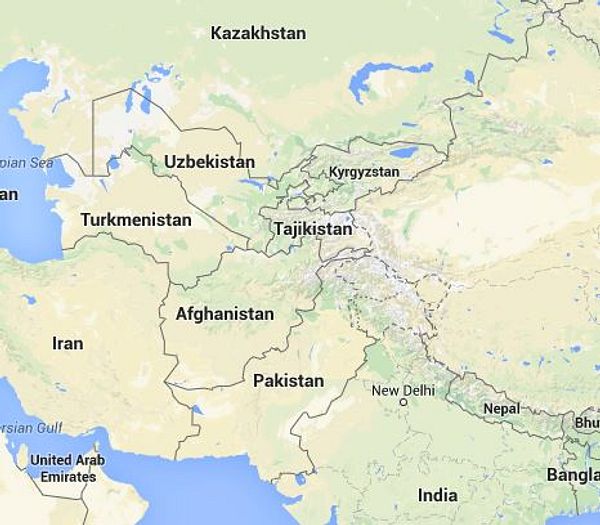
66. India’s Refugee Policy: India lacks specific legislation to address the problem of refugees, despite their increasing inflow. The Foreigners Act, 1946, fails to address the peculiar problems faced by refugees as a class. It also gives unbridled power to the Central government to deport any foreign citizen.

67.US Patrol in India’s EEZ: India protested against the US decision to conduct a patrol in the Indian Exclusive Economic Zone (EEZ) in the western Indian Ocean, rejecting the US’ claim that India’s domestic maritime law violated international law.

68.India-South Korea: Friendship Park: India’s First Indo-Korean Friendship Park was jointly inaugurated at Delhi Cantonment by Hon’ble Raksha Mantri, Shri Rajnath Singh, and Hon’ble Minister of National Defence, Republic of Korea Mr Suh Wook. The park has been developed in joint consultation with the Ministry of Defence, the Government of India, the Indian Army, the Delhi Cantonment Board, the Embassy of Korea and the Korean War Veterans Association of India.
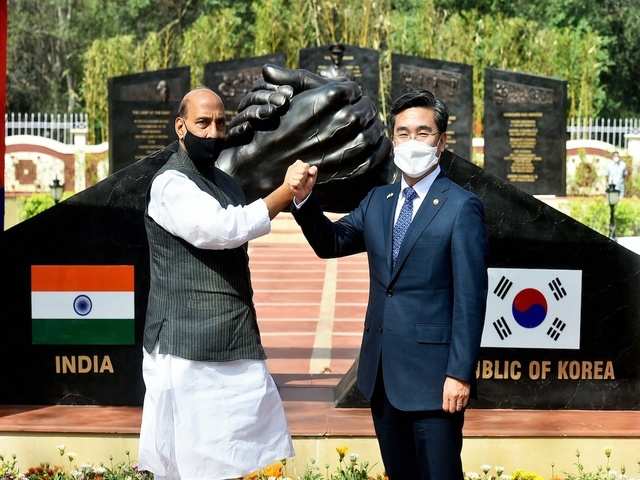
69. Black fungus and white fungus: The cases of black fungus and white fungus are increasing rapidly after the current covid scenario and many states have allowed epidemic status to black fungus and this needs to be addressed.
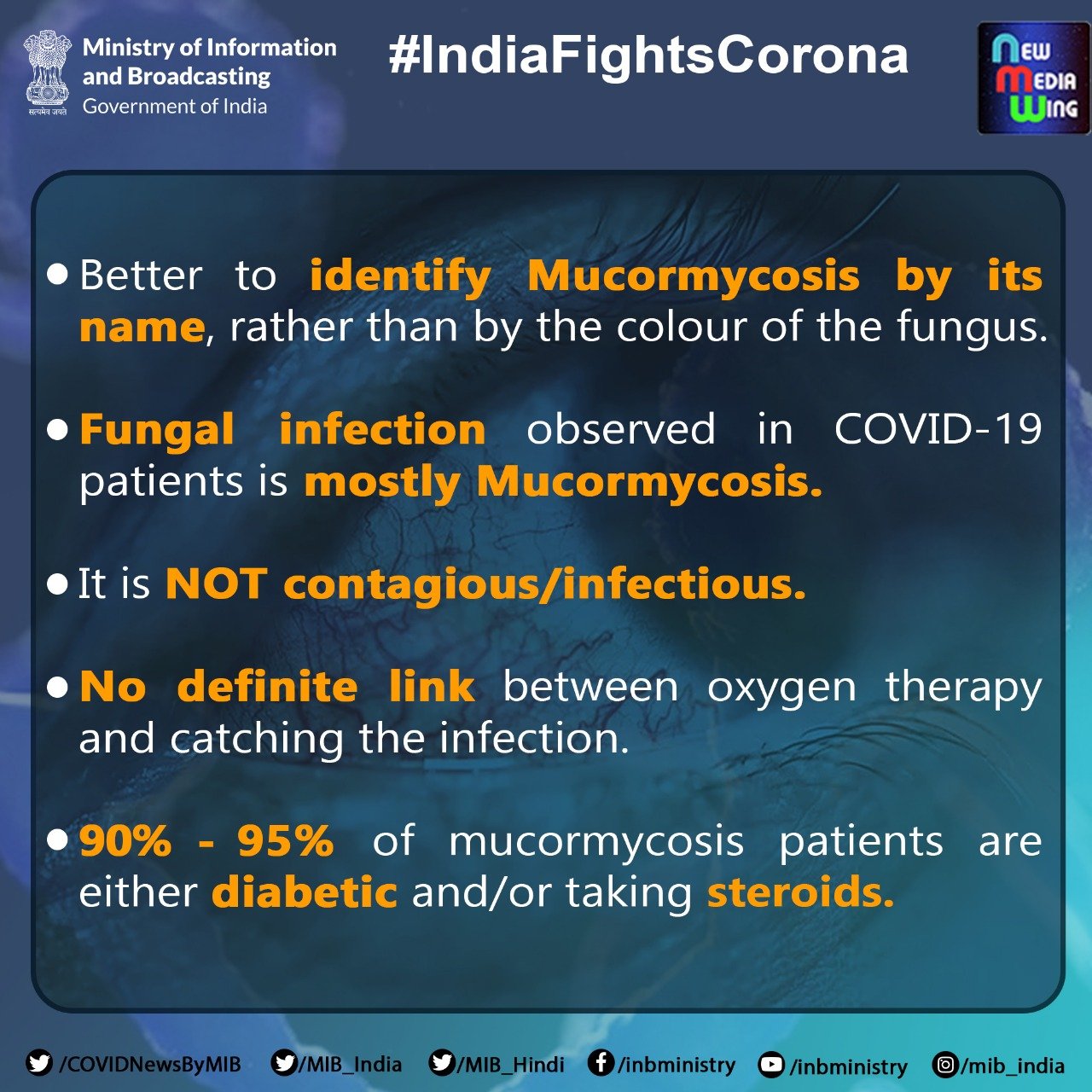
70.China’s New Strategic Highway: China has completed the construction of a strategic highway through the Brahmaputra canyon stated to be the world’s deepest, close to the Arunachal Pradesh border ahead of its plan to build a mega-dam over the gorge.
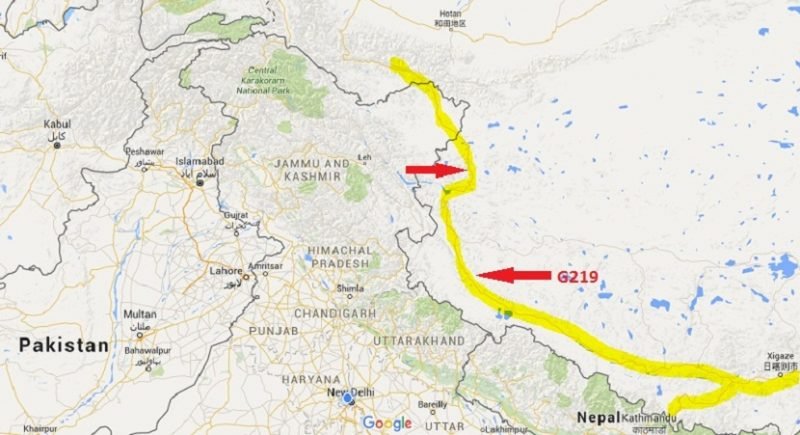
71. A-76: World’s Largest Iceberg: Iceberg A-76 calved from the western side of the Ronne Ice Shelf in Antarctica and is now floating on the Weddell Sea, the European Space Agency said. It measures around 170 kilometres (105 miles) long and 25 kilometres (15 miles) wide. That’s larger than New York’s Long Island and half the size of Puerto Rico.
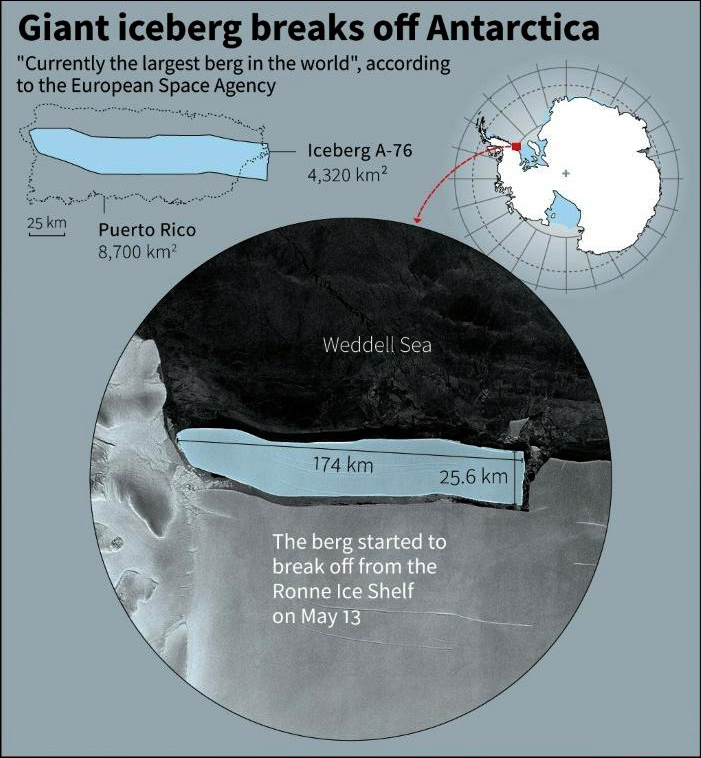
72. Project Dantak: Project Dantak was established on April 24, 1961, as a result of the visionary leadership of His Majesty the Third King and then Prime Minister Jawahar Lal Nehru. DANTAK was tasked to construct the pioneering motorable roads in the Kingdom. DANTAK completed the road connecting Samdrup Jongkhar to Trashigang in 1968. In the same year, Thimphu was connected to Phuentsholing by DANTAK. Many Bhutanese had also volunteered to work with DANTAK.

73.17th BIMSTEC Ministerial Meeting: The External Affairs Minister of India, Dr S. Jaishankar, participated in the 17th BIMSTEC Ministerial Meeting on April 1, 2021. The meeting, chaired by Sri Lanka, was held in a virtual model with the participation of all BIMSTEC Member States. Understand BIMSTEC and its functions in detail.
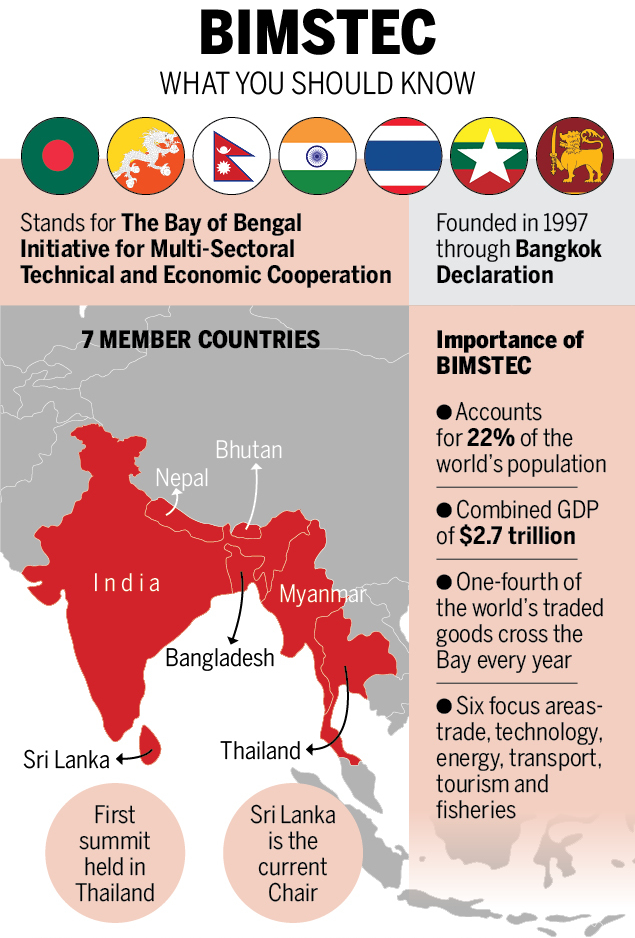
74. The Heart of Asia-Istanbul Process: The Heart of Asia – Istanbul Process aims at promoting and strengthening peace, security, stability and prosperity in Afghanistan and the region through confidence building and enhancing regional cooperation among 15 countries of the Heart of Asia Region.

75. HONGKONG: Change in the electoral system and ongoing protest: China has recently made changes in the electoral process of Hong Kong, which has been criticised by different nations and also leading to protests in Hong Kong.]
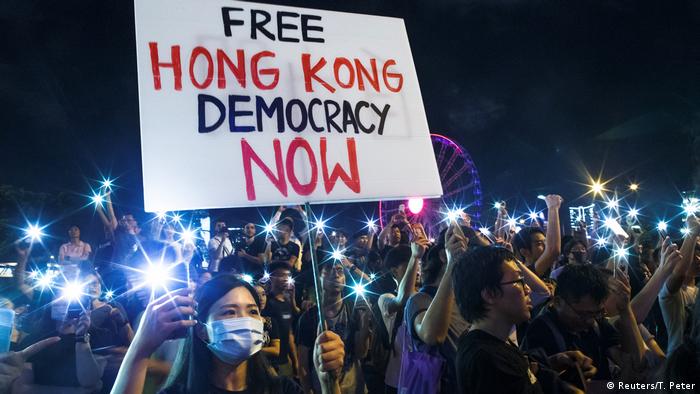
76.Knowledge Diplomacy: India has a major role as an educational hub in neighbouring countries and we also have student exchange programmes running with different countries, understand this program in detail.

77. Restoration of JCPOA: JCPOA was signed in 2015, but former US President Trump has withdrawn from it (in 2018) and embarked on a policy of ‘maximum pressure’ to coerce Iran back to the negotiating table. The maximum pressure campaign devastated Iran’s economy but failed to push Iran back to the negotiating table or to curtail its involvement in Iraq, Syria, or Lebanon.
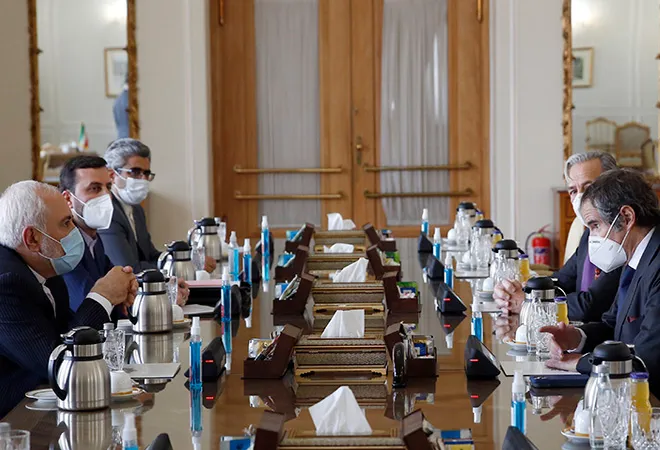
Joe Biden has reiterated a return to the JCPOA provided Iran returns to full compliance. The return of the US to JCPOA may be a positive step towards regional peace. However, there are many challenges for the US and Iran to return to the negotiating table.
79. UNHRC’s New Resolution Against Sri Lanka: India has abstained from voting on a UNHRC resolution that flags concerns over human rights in Sri Lanka.
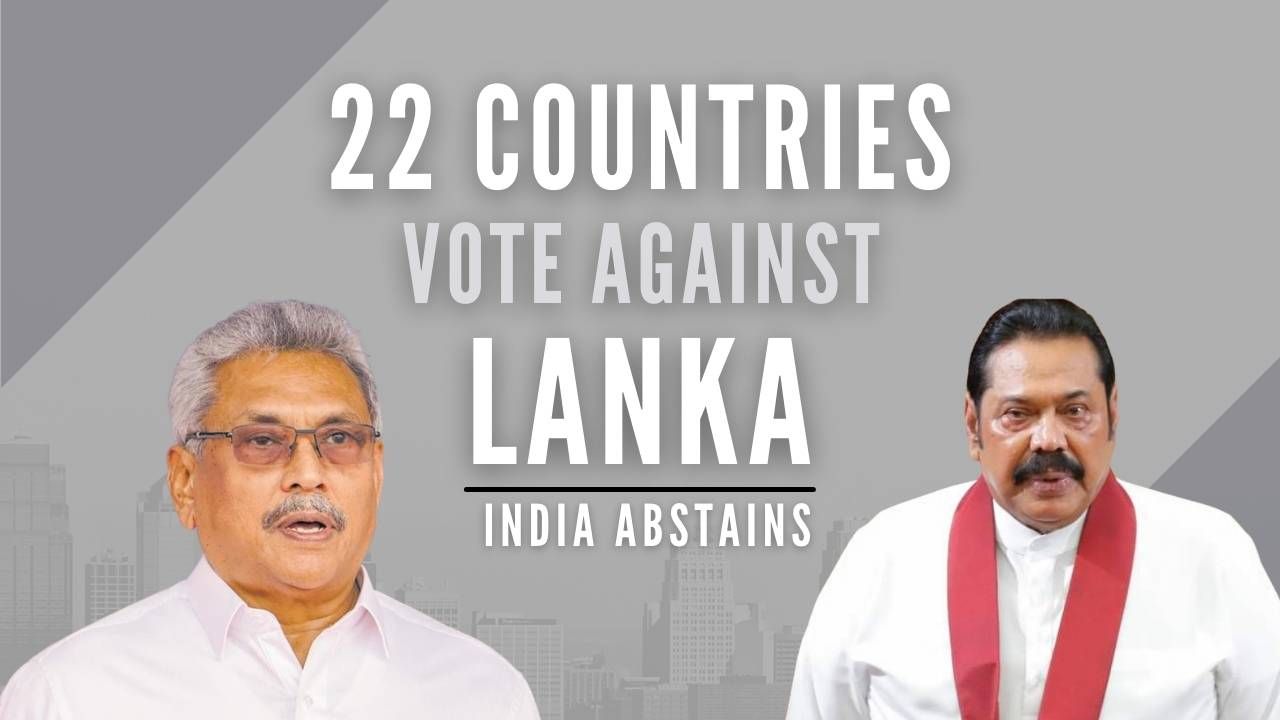
80. India’s relation with maritime neighbours: India has supported various of its maritime neighbours through different initiatives and the relationship between countries is on a positive side.

81. Coastal Radar Chain Network: India’s efforts are in advanced stages to set up coastal radar stations in Maldives, Myanmar and Bangladesh. The radar chain—which will link up with similar systems in India, Sri Lanka, Mauritius and Seychelles—will provide a comprehensive live feed of ship movements in the Indian Ocean Region that can be used by friendly navies.
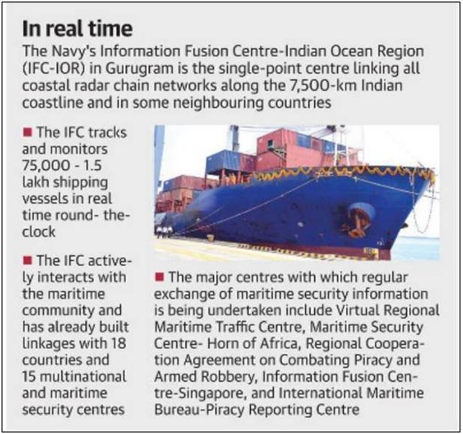
82. NITI Aayog’s Project for Great Nicobar Island: More than 150 sq. km. of land is being made available for Phase I of a NITI Aayog-piloted ‘Holistic’ and ‘Sustainable’ vision for Great Nicobar Island the southernmost in the Andaman and Nicobar group. This amounts to nearly 18% of the 910 sq. km. island, and will cover nearly a quarter of its coastline. The overall plan envisages the use of about 244 sq. km. — a major portion being pristine forest and coastal systems.
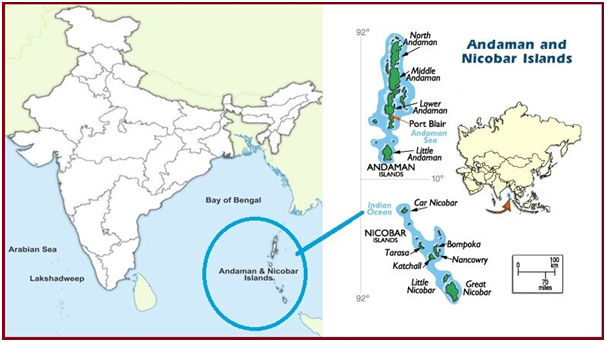
83. Disaster management Act: The Ministry of Home Affairs invoked Disaster Management Act, 2005 (DM Act) and ordered free inter-state movement of oxygen-carrying vehicles. Earlier in March 2020, various government authorities invoked their respective powers under the DM Act to deal with the novel coronavirus outbreak in the country.
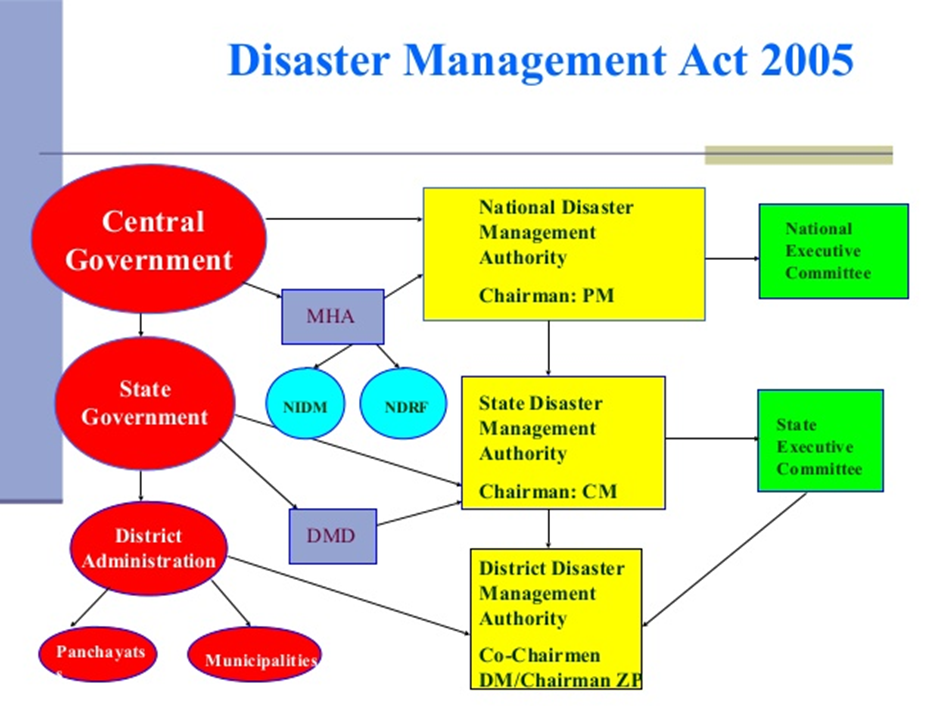
84. Farzad-B Gas Field: Iran gave the Farzad-B Gas Field to Petropars, a domestic gas producer. This is a setback for India’s energy ties with Iran as ONGC Videsh Ltd (OVL) had discovered the gas field in 2008 and has been part of the ongoing cooperation on that front.
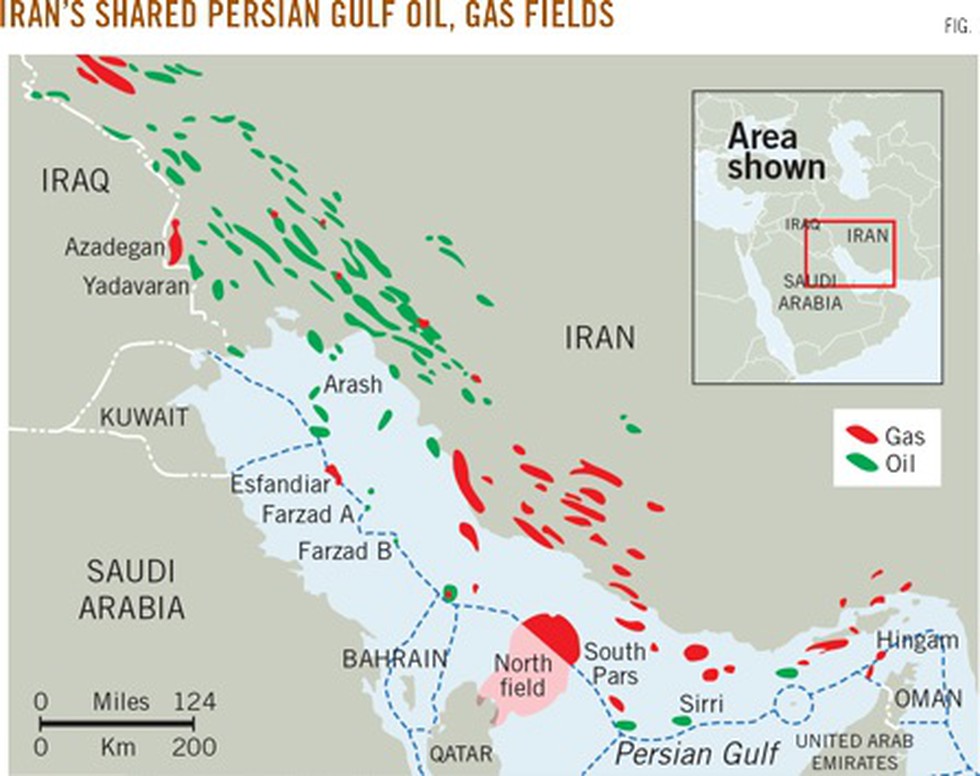
85. Tech cold war between USA and China: The world is paying a high price for the technological Cold War between its two greatest powers. The U.S.-China conflict has already upended the tech industry in both countries, disrupting giant hardware manufacturers, computer-chip designers and even social-media services.
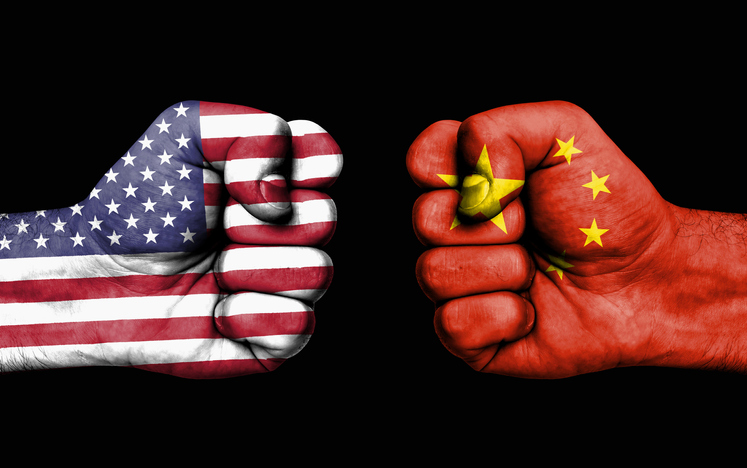
86. Combating Bioterrorism: The Covid-19 pandemic has exposed the vulnerability of several world powers in the event of the use of biological weapons against them by rogue states and terrorist groups. The United States, Britain and the Soviet Union were involved in developing complex biological weapons programs after World War II and several nations continue to do so currently as well.
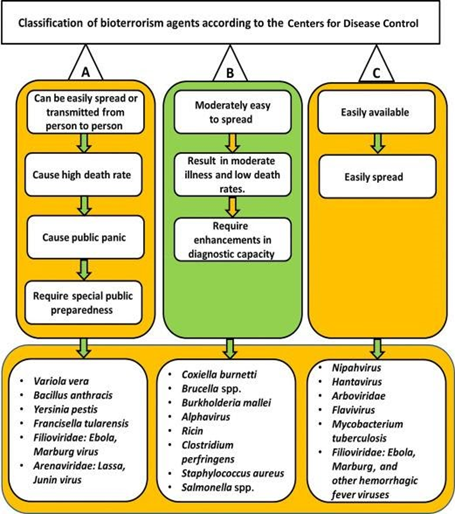
87. 50 Years of Nuclear Non-Proliferation Treaty (NPT): The Nuclear Non-Proliferation Treaty (NPT) came into force on 5 March 1970 and completed 50 years this year. The treaty has been historically described as the “turning point in the global march towards disarmament.” The objective of the NPT has been to “prevent the spread of nuclear weapons and weapons technology, to promote cooperation in the peaceful uses of nuclear energy and to further the goal of achieving nuclear disarmament and general and complete disarmament.”
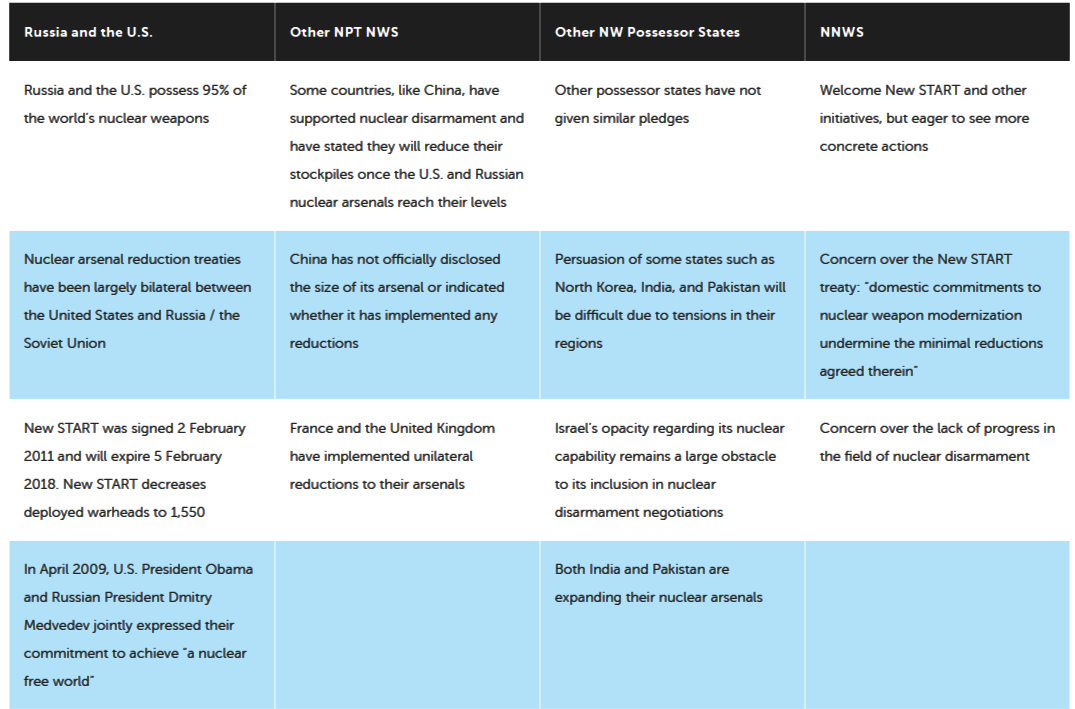
88.Shifting Health to the Concurrent List: Fifteenth Finance Commission Chairman N.K. Singh said that health should be shifted to the Concurrent list under the Constitution. Presently, ‘Health’ is under the State List. He also pitched for a Developmental Finance Institution (DFI) dedicated to healthcare investments.

89. Health and budget: The Budget for FY 2021-22 has come up with a holistic approach to health, incorporating ‘preventive’, ‘curative’, and ‘well-being’ aspects with an increase of 137% as compared to the previous fiscal.

However, the numbers often seem high until evaluated carefully. The outlay on the health sector has been lowered to approximately 10% as compared to the estimates for FY 2020-21.
90. TEDBF: TEDBF stands for Twin engine deck based fighter, which is a modified version demanded by the Indian Navy as a fighter aircraft and replacement for the current fighter jets.

91. India in GAVI board: Health Minister Dr Harsh Vardhan will be representing India as one of the board members in GAVI. His term will begin in 2021 and last till the end of 2023.
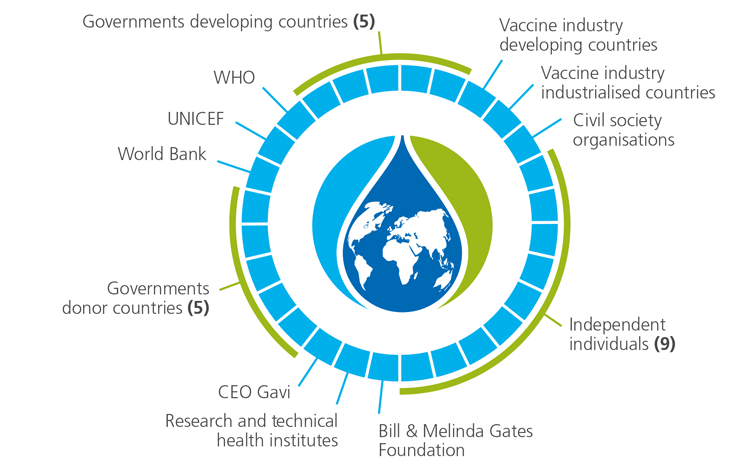
92. Indigenous Vaccine Pneumosil: Pune-based Serum Institute of India, the largest vaccine manufacturer in the world by doses, launched India’s first indigenously developed pneumococcal vaccine — Pneumosil — in the presence of Union Health Minister Harsh Vardhan.

93. National Supercomputing mission: The National Supercomputing Mission was launched to enhance the research capacities and capabilities in the country by connecting them to form a Supercomputing grid, with National Knowledge Network (NKN) as the backbone.

94. Bhuvan portal: Bhuvan, is the national Geoportal developed and hosted by ISRO comprising of Geo-Spatial Data, Services and Tools for Analysis. It has many versatile features, for Example (1) Visualization of Satellite Imagery and Maps (2) Analysis (3) Free Data Download and (4) Download Reports to name a few.

95. Arjun MBT- MK1A: Arjun Mk1A, which features improved firepower and transmission systems, completed the final integration tests in 2019 and was cleared for production.

96. LCA and AMCA: Developing indigenous aircraft is critical for India to become a global power. The Light Combat Aircraft (LCA) ‘Tejas’ and the Advanced Medium Combat Aircraft (AMCA) are the main two aircraft projects. It is important to continuously monitor their progress.

97. Enhancing monitoring on borders- UAV procurement: India is planning a large-scale purchase of drones for its 1.2 million-strong army to boost surveillance capability along its volatile borders with neighbouring Pakistan and China. The drones would enable units on the border to carry out a 24-hour watch against threats and many of the drones have been procured.
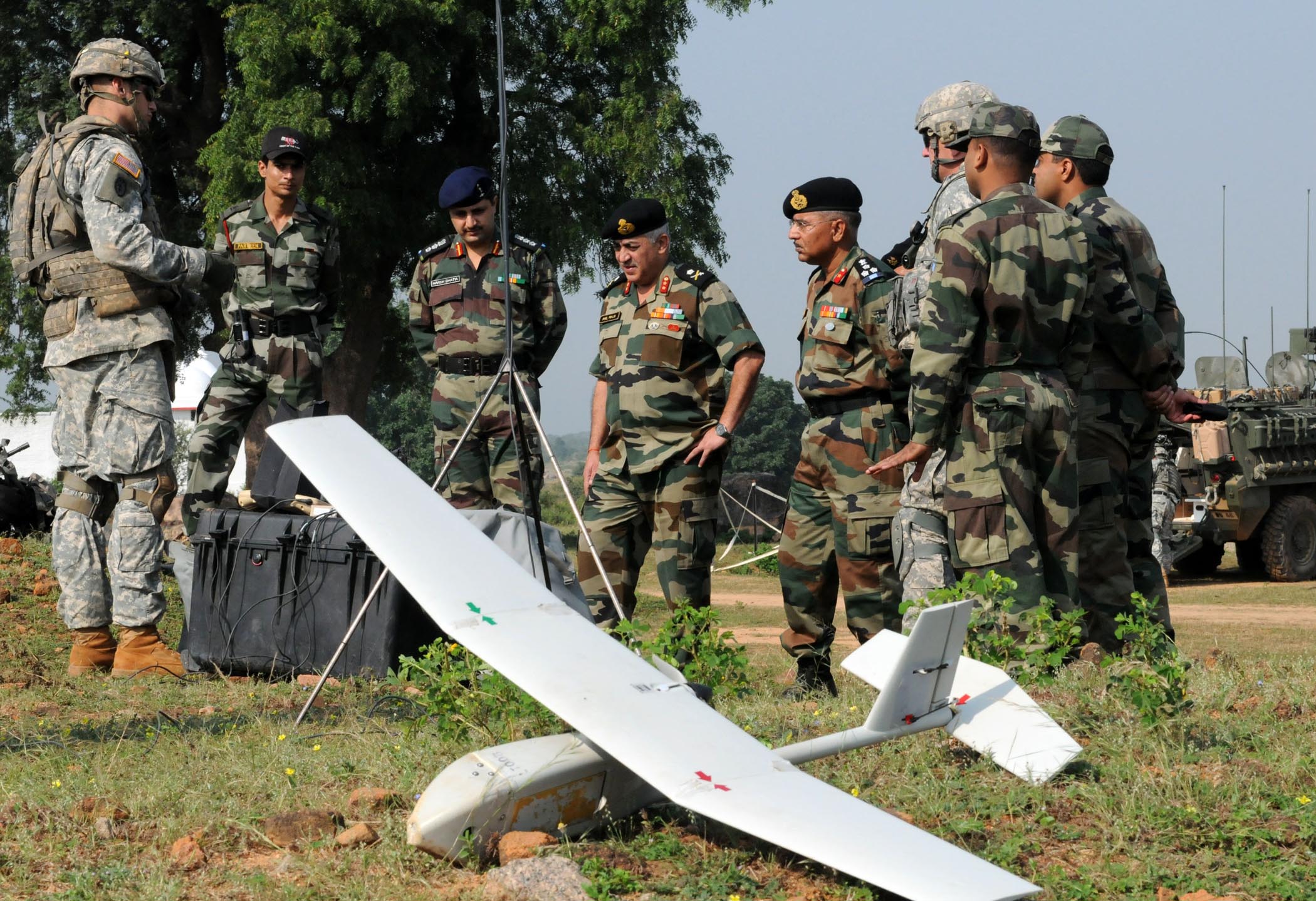
98. India based neutrino observatory: The India-based Neutrino Observatory (INO) Project is a multi-institutional effort aimed at building a world-class underground laboratory with a rock cover of approx. 1200 m for Non-accelerator based high energy and nuclear physics research in India. The project is jointly funded by Dept. of Atomic Energy (DAE) and the Dept. of Science and Technology (DST), Govt. of India.
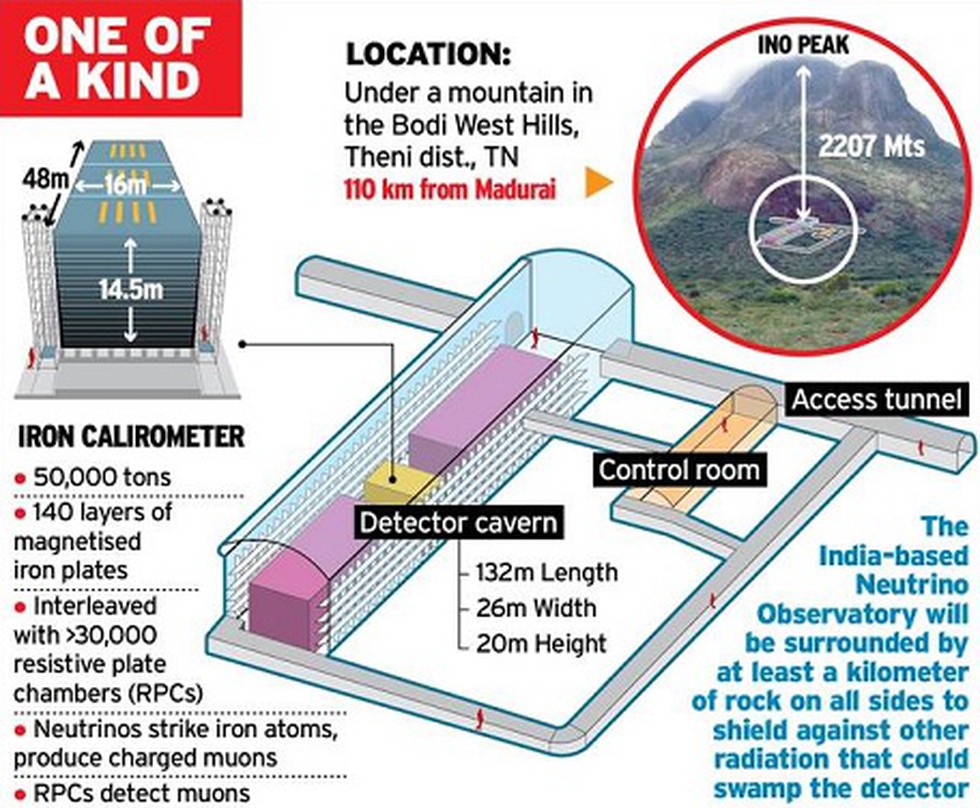
99. International cooperation of ISRO: Recently, the Indian Space Research Organisation (ISRO) and Japan Aerospace Exploration Agency (JAXA) reviewed cooperation in earth observation, lunar cooperation and satellite navigation.

100. Foreign Space missions: Worldwide important space missions have happened in recent years, which are important for India both as a partner, and an observer.

To crack the AFSB and SSB interview, we recommend you to Enroll SSB INTERVIEW ONLINE COURSE. Trusted by thousands of defence aspirants
